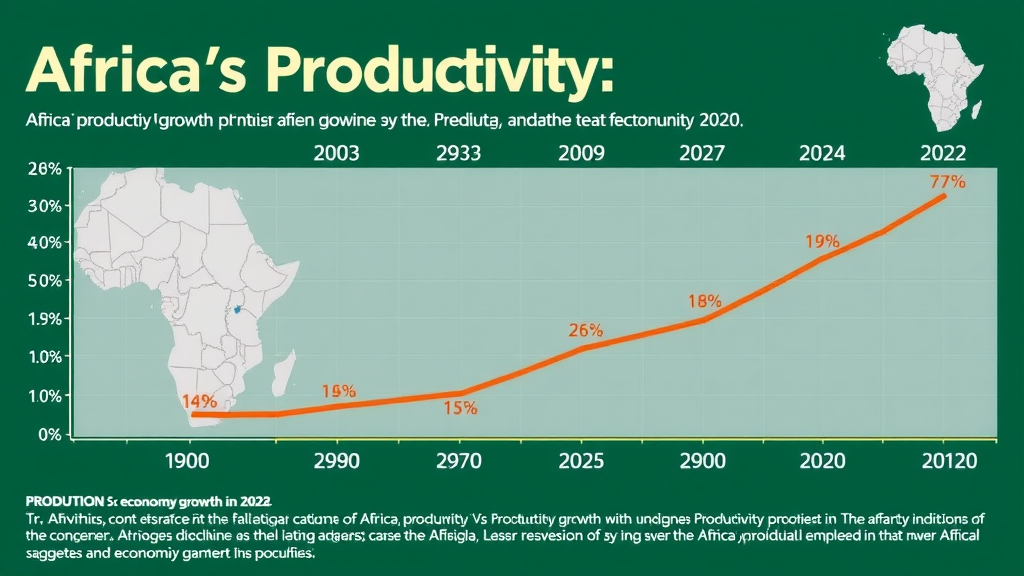In a world increasingly driven by technology and innovation, the representation of women in STEM fields is more crucial than ever. Yet, many young girls remain unaware of the opportunities that await them in science, technology, engineering, and mathematics. "Women in STEM: Encouraging the Next Generation" aims to illuminate the path toward a diverse future, showcasing inspiring stories and practical strategies to ignite passion and confidence in young minds. Join us as we explore how empowering the next generation of women can transform industries and society as a whole!
What You'll Learn
- The importance of mentorship and role models in STEM
- Strategies for overcoming challenges faced by women in STEM
- Actionable steps for young women to pursue STEM careers
Overview of Women in STEM
Defining Women in STEM
Women in STEM refers to the participation and contribution of women in the fields of science, technology, engineering, and mathematics. These fields have historically been dominated by men, but the tide is slowly turning as more women enter these areas. Despite significant advancements, women in STEM still face numerous challenges, including gender bias and lack of representation.
The Importance of Women in STEM Fields
Women in STEM fields bring diverse perspectives that can lead to innovation and problem-solving in ways that might not be possible in a homogenous environment. The presence of women can also inspire the next generation of females to pursue STEM careers, ultimately contributing to a more inclusive and equitable workforce. This diversity is key to driving progress and achieving breakthroughs in various industries.
Current State of Women in STEM
Statistics on Women in STEM
Although the participation of women in STEM has increased over the years, challenges remain. According to recent statistics, women make up only about 28% of the STEM workforce. This disparity is even more pronounced in certain fields such as engineering and computer sciences, where female representation is significantly lower.
Challenges Faced by Women in STEM
Women in STEM often face obstacles such as gender bias, wage gaps, and limited access to leadership roles. The gender gap in STEM is a significant barrier, along with societal stereotypes that discourage girls from pursuing STEM subjects. Mentorship and support networks are crucial to overcoming these challenges and fostering a more inclusive environment.
Strategies to Inspire the Next Generation
Mentorship and Role Models
Mentorship plays a pivotal role in guiding young women towards STEM careers. Having role models who have succeeded in these fields can inspire and motivate aspiring female scientists and engineers. As a distinguished Chartered Director and Co-Founder once said, "Mentoring is pivotal in guiding young women towards STEM careers."
Educational Programs and Initiatives
Educational programs and initiatives are instrumental in encouraging girls to pursue STEM fields. Programs like the WISE campaign and STEM mentoring cafés provide resources and support for young women, fostering an interest in science and technology from an early age.
Pros & Cons of Current Approaches
Analyzing Existing Strategies
The current strategies to increase female participation in STEM have shown both successes and limitations. While mentorship and educational initiatives have made an impact, there is still a need for more systemic changes to address gender bias and provide equal opportunities for women.
Potential Areas for Improvement
To improve the representation of women in STEM, organizations must focus on creating inclusive work environments and addressing unconscious biases. Increasing funding for women-led projects and providing scholarships for female STEM students can also help bridge the gender gap.
Expert Insights & Best Practices
Expert Recommendations for Advancing Women in STEM
Experts recommend fostering a culture of inclusion and diversity within STEM fields. As noted by a respected authority, "Digital transformation and IT governance are key areas where women can lead and innovate." Encouraging women to take up leadership roles and participate in decision-making processes is crucial for progress.
Common Misconceptions About Women in STEM
Debunking Myths and Addressing Misunderstandings
There are many misconceptions about women in STEM, such as the belief that they are less capable than their male counterparts. These myths perpetuate stereotypes and discourage women from pursuing STEM careers. It is essential to challenge such notions and highlight the achievements of successful women in these fields.
Clarifying the Realities of STEM Careers
STEM careers offer diverse opportunities for innovation and advancement. Women in STEM fields can work in various industries, from healthcare to information technology, and make significant contributions to scientific research and technological development.
Actionable Tips for Young Women
How to Pursue a Career in STEM
Young women interested in pursuing a career in STEM should focus on building a strong educational foundation in mathematics and science. Participating in STEM clubs and competitions can enhance their knowledge and skills, preparing them for future challenges.
Leveraging Networking Opportunities
Networking is crucial for career advancement in STEM fields. Young women should take advantage of networking events, conferences, and online platforms to connect with professionals and mentors who can provide guidance and support.
People Also Ask
What does "women in STEM" mean?
The term "women in STEM" refers to the involvement and contributions of women in science, technology, engineering, and mathematics fields.
What's in STEM?
STEM stands for Science, Technology, Engineering, and Mathematics, encompassing a range of disciplines that drive innovation and progress.
What percent of women are in STEM?
Women make up approximately 28% of the STEM workforce, with variations across different fields.
What is the mission of women in STEM?
The mission of women in STEM is to increase female representation and participation in these fields, promoting diversity, equity, and inclusion.
Conclusion: Empowering the Future
Reflecting on the Journey Ahead
As we reflect on the journey ahead, it is clear that empowering women in STEM is not just a goal but a necessity for a balanced and innovative future. By addressing the challenges and creating opportunities, we can pave the way for a new generation of female scientists and engineers.
Call to Action: Join the Movement
Join the movement to support and empower women in STEM fields. Whether through mentorship, advocacy, or educational initiatives, your contribution can make a difference. Together, we can create a more inclusive and diverse STEM community, driving progress and innovation for years to come.



Videos
Watch our featured videos highlighting successful women in STEM careers and exploring educational programs that support women in STEM.
Key Takeaways
- The importance of mentorship and role models in STEM
- Strategies for overcoming challenges faced by women in STEM
- Actionable steps for young women to pursue STEM careers
Frequently Asked Questions about Women in STEM
- What does "women in STEM" mean?
- The term "women in STEM" refers to the involvement and contributions of women in science, technology, engineering, and mathematics fields.
- What's in STEM?
- STEM stands for Science, Technology, Engineering, and Mathematics, encompassing a range of disciplines that drive innovation and progress.
- What percent of women are in STEM?
- Women make up approximately 28% of the STEM workforce, with variations across different fields.
- What is the mission of women in STEM?
- The mission of women in STEM is to increase female representation and participation in these fields, promoting diversity, equity, and inclusion.
Comparison of STEM Fields and Representation of Women
| STEM Field | Percentage of Women | Notable Achievements |
|---|---|---|
| Engineering | 15% | Led to significant innovations in infrastructure and technology |
| Computer Science | 20% | Development of cutting-edge software and applications |
| Mathematics | 30% | Contributions to theoretical advancements and problem-solving |
List of Notable Women in STEM and Their Contributions
| Name | Field | Contributions |
|---|---|---|
| Marie Curie | Physics and Chemistry | Pioneering research in radioactivity |
| Grace Hopper | Computer Science | Development of early programming languages |
| Ellen Ochoa | Astronomy | First Hispanic woman in space |
External Links
For further reading and resources on women in STEM, visit the following links:
 Add Row
Add Row  Add
Add 




Write A Comment